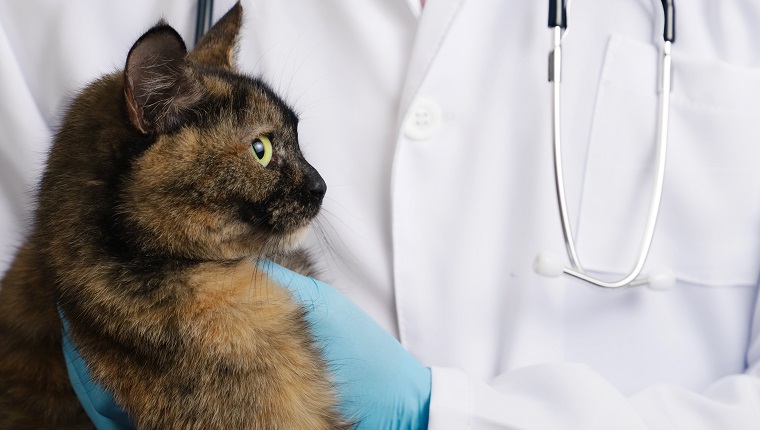Hemangiopericytoma in cats is a type of cancer where a tumor forms on cells that surround some of the cat’s blood vessels. It doesn’t usually tend to spread throughout the rest of the body, but it does often carry on growing at the tumor’s original location.
As the tumor grows, it can negatively affect nearby organs, including the heart and the lungs. If left…









